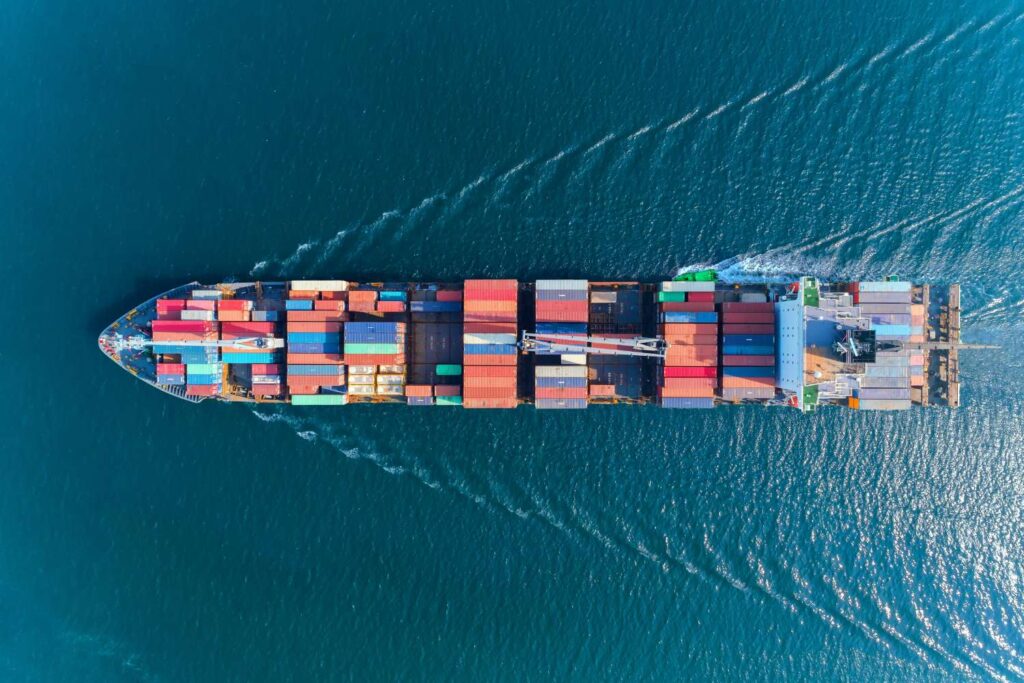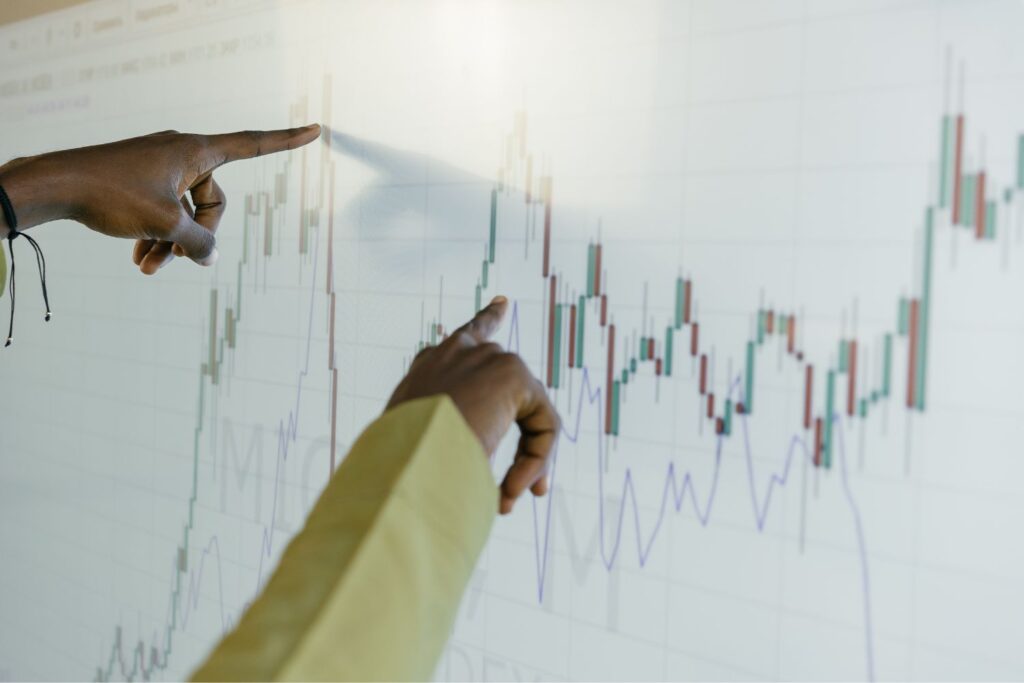Risk analysis in the supply chain: recognising and eliminating weak points
A customs strike paralyses the flow of goods.
A single cyberattack brings your ERP system to a standstill
Disruptions in the supply chain are almost part of daily business today. But many companies underestimate this: Behind every breakdown there is usually a structural weakness that could have been recognised – and rectified – at an early stage.
The BAMAC Group helps companies to change this. With a systematic risk analysis of the supply chain, weak points can be identified, assessed and rectified at an early stage. In this article, you will learn how to establish this procedure in your company in a concrete and effective way – based on the findings of the latest Financial Risk Report.
Step 1: No risk analysis without an overview – visualising your supply chain
Many risks arise where there is a lack of insight. Sub-suppliers, transporters, IT service providers or regional dependencies in particular often remain hidden – even though they can paralyse operations in an emergency. Comprehensive mapping of your supply chain is therefore essential. This involves not only logistical processes, but also economic interdependencies, legal framework conditions and external influencing factors. It is particularly worthwhile to analyse suppliers in terms of their financial stability, regional risks and strategic importance. If you want to analyse your supply chain holistically, you should also check how well your own compliance management is set up. These five building blocks will help you do this.
We at the BAMAC Group recommend creating a risk profile for each supplier during the analysis phase – with a view to dependencies, alternative sources of supply, critical components and contractual regulations. In addition, the Financial Risk Report provides benchmarks and evaluation models that make particularly relevant weak points visible.

Step 2: Assess relevant risks – with system and data
Once transparency has been established, the assessment follows. Please note that not every risk is equally threatening. They vary depending on the industry, product complexity and your degree of internationalisation. If uncertainties arise as to which factors in your supply chain are really critical or how they should be periodised, clear assessment standards can help. For example, a systematic assessment based on probability of occurrence and level of damage provides clarity.
A practical evaluation model combines three central criteria:
- How likely is the risk?
- How serious would the impact be?
- How quickly should we react?
This creates a dynamic risk matrix that allows you to make decisions based on facts – not on gut instinct. In the BAMAC Group’s Financial Risk Report, you will find specific assessment models and benchmarks for analysing and evaluating risks – particularly with regard to financial effects and dependencies in your supply chain.
Step 3: Eliminate risks: Measures that work
Identified risks are only valuable if they lead to decisions. As always, the analysis is not enough – concrete steps are needed, tailored to the type of risk, the size of the company and the strategic objectives, in order to strengthen your supply chain.
Here are some typical measures:
- Establish multi-sourcing: Create alternatives for critical suppliers or regions. Establish a second supply channel if necessary. In the case of transport and logistics risks, it makes sense to evaluate alternative routes or recalculate delivery times.
- Check and adjust contracts: Add flexibility clauses to existing contracts instead of fixed purchase quantities and regularly check creditworthiness data.
- Rethink storage strategies: build in buffers specifically where the risks are highest.
- Use digital early warning systems: Real-time data can announce impending failures before they occur.
Financial risk in the supply chain is a particularly underestimated area: fluctuations in raw material prices, exchange rates or supplier defaults can have a direct impact on margins. The Financial Risk Report shows how companies can protect themselves against such risks – for example through hedging, working capital optimisation or targeted contract design.
The goal must always be: Not just to implement individual measures, but to create a resilient, learning structure that recognises risks early on and reacts flexibly.

Step 4: Risk analysis as an ongoing process – not as a project
The biggest weakness in many companies? Risk analysis is seen as a one-off measure. However, supply chains are constantly changing – due to new partners, markets, regulations and technologies. A one-off analysis is of little use if no one feels responsible afterwards – or if changes in the supply chain go unnoticed. Regulatory changes such as the EU Omnibus Regulation also show that compliance and risk management not only offer obligations, but also opportunities to simplify and increase efficiency. Find out here what companies need to know now. Risk management should therefore be integrated into regular operations. This requires clear responsibilities, simple reporting and fixed review cycles.
Translated with DeepL.com (free version)
Set up a simple but regular monitoring system. Define threshold values that automatically trigger a reassessment if they are exceeded.
How to achieve this in everyday life:
- Conduct regular risk workshops with purchasing, logistics and finance.
- Define threshold values above which countermeasures are automatically checked.
- Integrate early warning indicators into your systems – e.g. delivery delays, price changes or negative headlines about suppliers.
Modern digital solutions help not only to record risks, but also to monitor them dynamically. The BAMAC Group supports companies in the introduction of such tools – always with the aim of combining strategic thinking with operational feasibility.
Conclusion: Risks are no surprises – if you know where to look
Whether it’s a supply bottleneck, payment default or political crisis – almost any disruption in the supply chain can be mitigated with a good risk analysis. It is crucial to derive concrete actions from the analysis in order to make your supply chain strong in the long term. A risk analysis is more than just a compulsory programme. If set up correctly, it becomes a competitive advantage: it not only protects against failures, but also helps to make well-founded decisions – for example when selecting partners, entering new markets or drafting contracts. Would you like to delve deeper? On our Compliance & Risk Management topic page, you will find practical guidelines, legal developments and tools for implementation – all at a glance.
The BAMAC Group supports you with a proven methodology, industry-specific experience and data-supported tools. Use our Financial Risk Report to get started – and ask the crucial questions in your company.
Get on your way!
The BAMAC Group is happy to support you because we know how to successfully organise compliance and risk management projects and implement sustainable changes. Find out more about our services or contact us now for a non-binding initial consultation.

Categories of this post
Further interesting posts.


